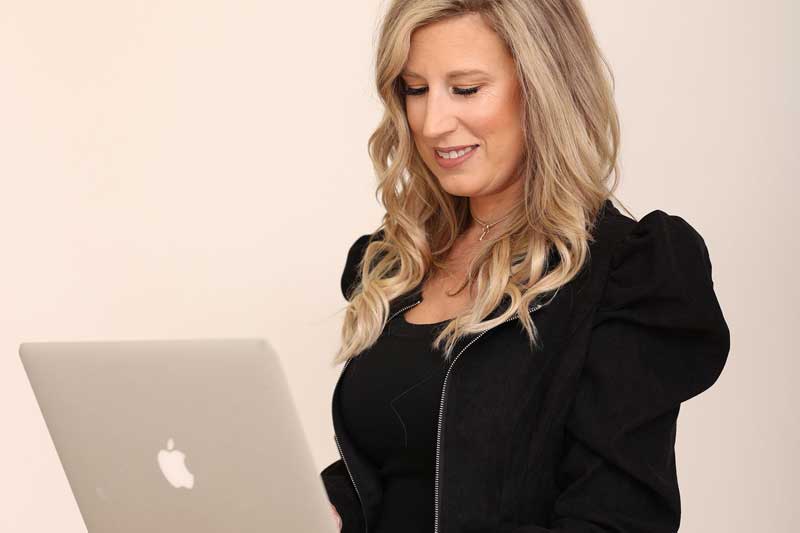
In the fast-paced world of web design, staying ahead of the curve is crucial to create captivating and user-friendly digital experiences. With each passing year, new trends emerge, shaping the way we interact with websites and pushing the boundaries of creativity. In this blog post, we will delve into 4 web design trends for 2023 (well, 4 of my faves), offering inspiration for designers and business owners alike.
1. Microinteractions for Delightful Experiences
Microinteractions refer to subtle animations and small design elements that provide users with instant feedback and enhance their overall experience. These interactions can be as simple as button hover effects or progress indicators, but they add depth and engagement to the user interface. Incorporating microinteractions into your website design can make the browsing experience more delightful and memorable. (Here's an example of subtle animations to add interest.)
2. Immersive Storytelling with Scroll Animations
Scroll animations are not a new concept, but they continue to evolve and provide immersive storytelling experiences. By utilizing parallax effects, scroll-triggered animations, and seamless transitions, designers can guide users through a narrative as they scroll down a webpage. These captivating animations help create an emotional connection and encourage users to explore further, resulting in a more engaging and memorable journey. (Scroll to see one of my favorite examples here.)
3. Abstract and Organic Shapes
In 2023, web design is expected to move away from rigid grids and embrace abstract and organic shapes. These unconventional shapes add visual interest, break the monotony of traditional layouts, and create a sense of depth and movement. By combining bold colors and irregular shapes, designers can infuse personality into their designs, making them visually striking and unique. (Here's an example using a white irregular curve.)
4. Minimalism and White Space
The minimalist approach has long been a popular choice in web design, and it will continue to thrive in 2023. Clean layouts, ample white space, and focused typography allow content to take center stage, providing a clutter-free and intuitive browsing experience. Minimalism not only enhances readability but also ensures faster loading times, responsive designs, and seamless navigation across different devices. (One of my favorite minimal website templates, with lots of white space.)
Conclusion
As we venture into the second half of 2023, web design continues to evolve, presenting exciting opportunities for us to push boundaries and create amazing digital experiences. From scroll animations and microinteractions to minimal design, these trends will continue shaping the landscape of web design this year. By embracing these trends and experimenting with new ideas, we can stay at the forefront of the industry and have remarkable websites that captivate and delight users.
Feeling inspired and ready for a new website?
